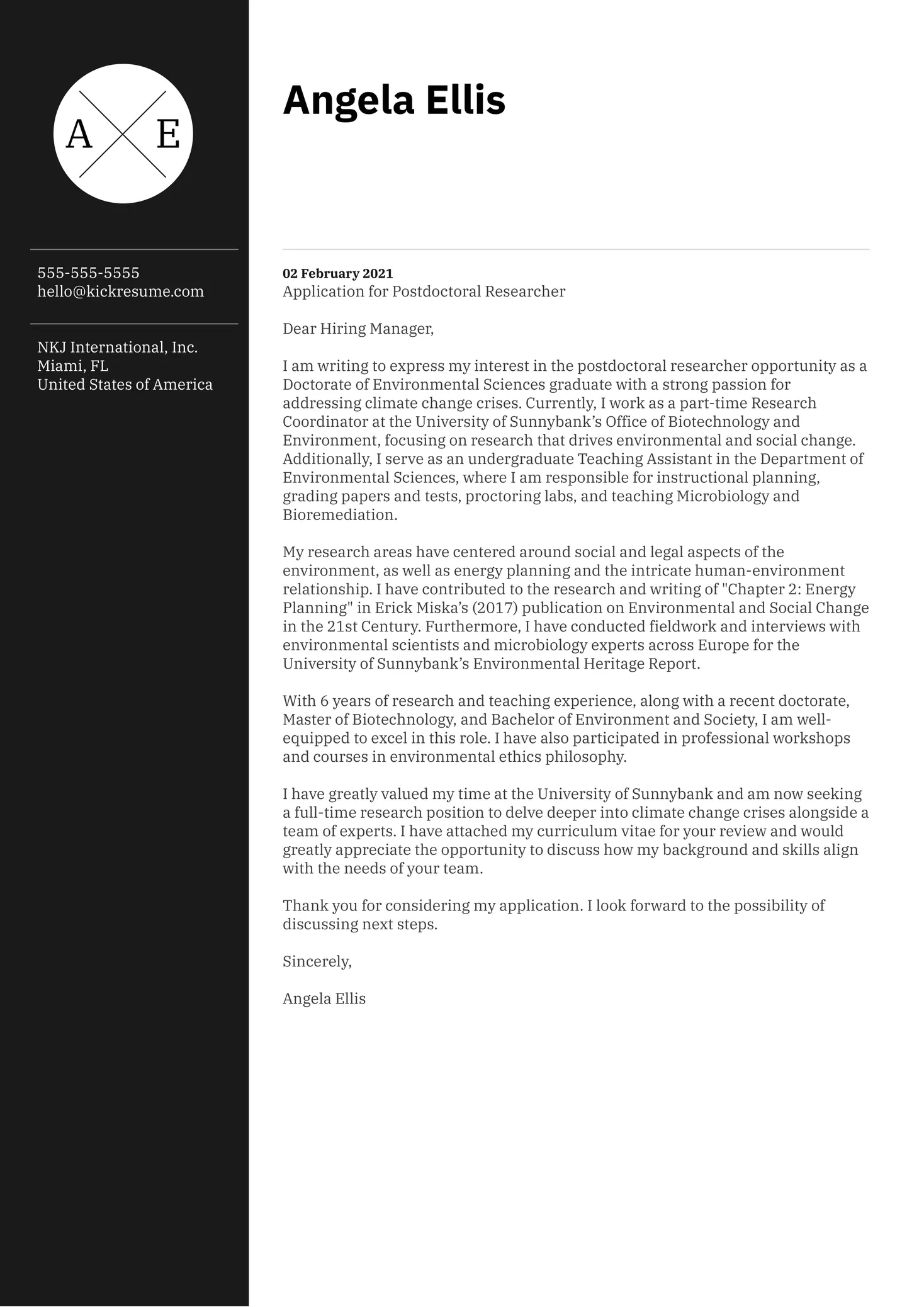Highlighting the Importance of a Strong Postdoc Cover Letter
A compelling postdoc cover letter is your initial opportunity to make a strong impression on potential supervisors and hiring committees. Unlike a resume, which simply lists your qualifications, a cover letter provides a platform to narrate your story, highlight your passion for research, and demonstrate how your skills align with the specific requirements of the position and the research group’s objectives. It is the document that breathes life into your application, adding personality and context to your academic and professional achievements. A well-crafted cover letter increases your chances of securing an interview and ultimately landing your desired postdoc position. It’s an essential tool to showcase your communication skills, research interests, and understanding of the role.
Understanding the Structure of a Postdoc Cover Letter
The structure of a postdoc cover letter is crucial for clarity and impact. It should be organized logically, allowing the reader to quickly grasp your key qualifications and suitability for the position. A standard format typically includes a header with your contact information, a personalized salutation, an introductory paragraph stating your intent, several body paragraphs showcasing your research background and achievements, a paragraph demonstrating your understanding of the research group and the position, a conclusion summarizing your suitability and expressing interest in an interview, and a professional closing. Each section should contribute to a cohesive narrative, highlighting your unique strengths and aligning your goals with the institution’s and research group’s objectives.
Contact Information and Salutation
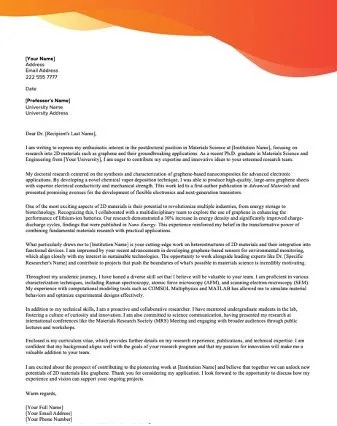
Begin with your full name, address, phone number, and email in the header. This information should be clear, easy to read, and professional. Following this, address the letter to the specific individual, preferably the hiring supervisor or principal investigator (PI). Use their correct title and name to demonstrate that you have researched the position and are genuinely interested. Avoid generic salutations like ‘To Whom It May Concern’ – always strive for a personalized greeting that reflects your attention to detail and respect for the recipient.
Stating Your Intent and Identifying the Position
In the introductory paragraph, clearly state the position you are applying for and where you found the advertisement. Immediately establish your interest and enthusiasm for the role. Briefly mention your primary area of research and the specific skills or experiences that make you a strong candidate. This initial paragraph should grab the reader’s attention and give them a reason to continue reading. It should serve as a concise overview of your application, setting the stage for the detailed information that will follow in the subsequent sections.
Showcasing Your Research Background and Achievements
The body of your cover letter should delve into your research experience, highlighting your key accomplishments and how they align with the position’s requirements. Provide a concise overview of your dissertation work, postdoctoral research (if applicable), and any other relevant projects. Explain your research methodologies, the significance of your findings, and the impact of your contributions to the field. Emphasize the skills you have developed, such as data analysis, experimental design, and manuscript writing. Use concrete examples and evidence to demonstrate your abilities and capabilities.
Quantifying Your Accomplishments
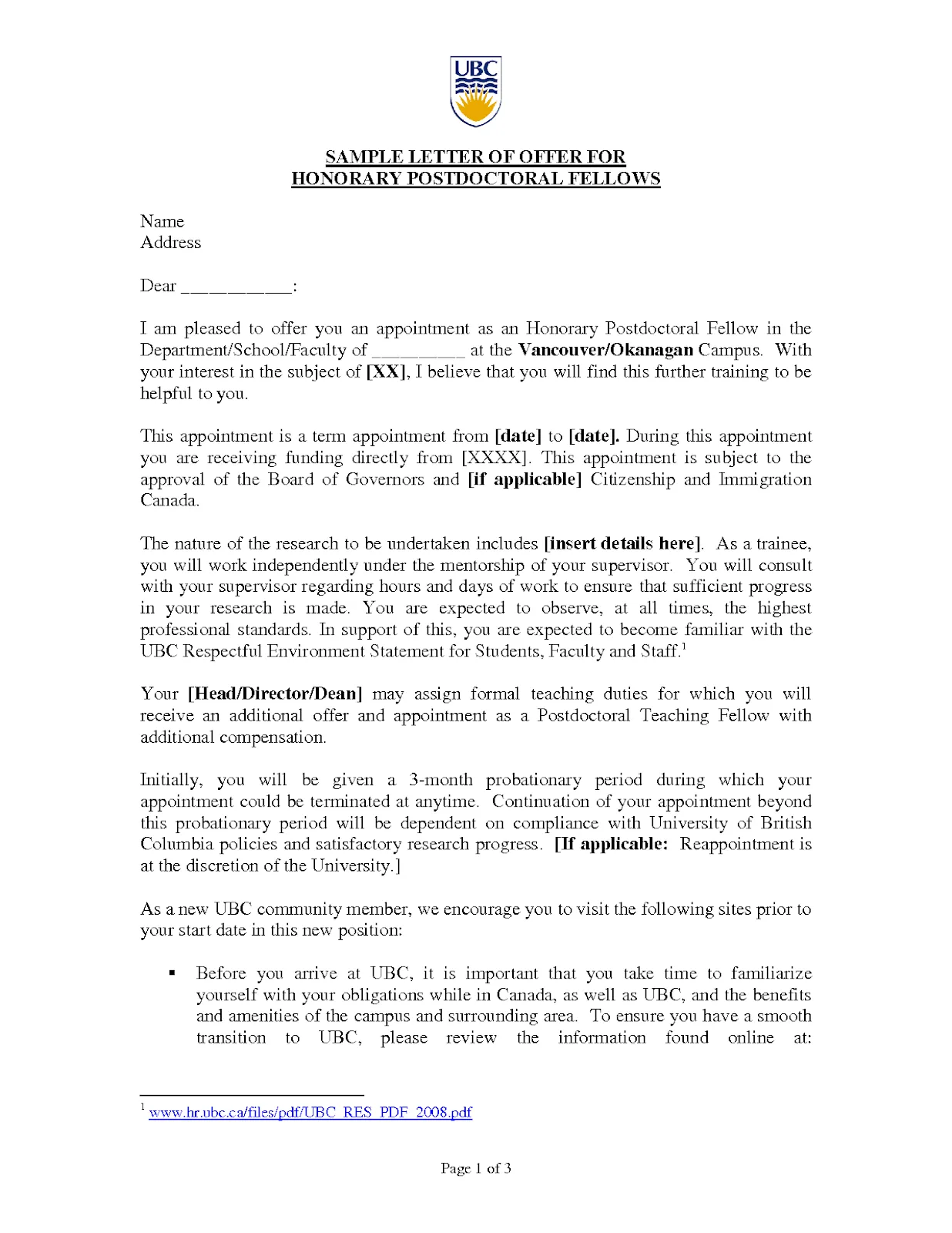
Whenever possible, quantify your accomplishments to provide concrete evidence of your success. Use numbers, statistics, and metrics to illustrate your achievements. For example, mention the number of publications you have authored or co-authored, the impact factor of the journals in which your work has been published, and the grant funding you have secured. Specify the percentage improvements you achieved in experimental results or the amount of time and resources you saved in previous projects. Quantifiable data makes your achievements more persuasive and provides objective validation of your skills and capabilities.
Tailoring Your Cover Letter to the Specific Position
Customize your cover letter for each position you apply for. This is crucial for demonstrating your genuine interest and showing that you have carefully considered the specific requirements of the role. Review the job description meticulously and identify the key skills and experiences the employer is seeking. Adjust your cover letter to address these requirements directly, highlighting relevant examples from your background that match the stated needs. Avoid sending a generic cover letter; instead, use each application as an opportunity to present a tailored and compelling case for your candidacy.
Demonstrating Knowledge of the Research Group
Show that you’ve done your research by demonstrating your understanding of the research group’s work, the PI’s research interests, and the specific projects you could contribute to. Read publications from the group, visit their website, and familiarize yourself with their ongoing research. In your cover letter, mention specific projects or research areas that align with your expertise and interests. Explain how your skills and experiences would allow you to contribute effectively to the team’s goals. Highlighting your knowledge of the group demonstrates your genuine enthusiasm and initiative.
Expressing Your Enthusiasm and Goals
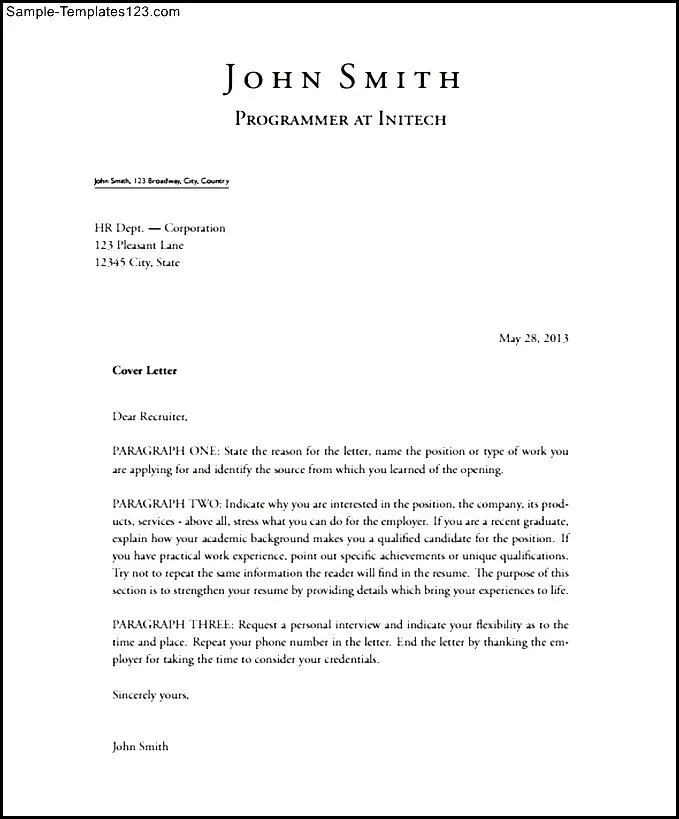
Throughout your cover letter, convey your enthusiasm for the position and the research. Share your goals for the future and how this postdoc opportunity aligns with your career aspirations. Explain how you envision contributing to the research group and the broader scientific community. Express your eagerness to learn from the supervisor and collaborate with other researchers. Your passion for the work will make a lasting impression on the selection committee. Make sure your tone is positive, professional, and reflects your genuine interest in the position.
Summarizing Your Suitability and Seeking an Interview
In the concluding paragraph, summarize your key qualifications and reiterate your suitability for the position. Reiterate your interest in the role and express your eagerness to discuss your application further. Thank the reader for their time and consideration, and clearly state your availability for an interview. Provide your contact information again to ensure easy access to your application.
Formatting and Proofreading Your Postdoc Cover Letter
Formatting Guidelines
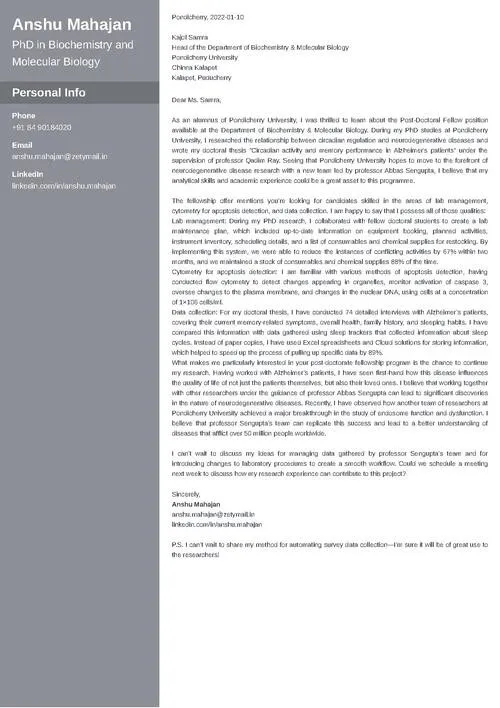
Ensure your cover letter is well-formatted and easy to read. Use a professional font, such as Times New Roman, Arial, or Calibri, with a font size between 11 and 12 points. Maintain consistent margins (typically one inch on all sides) and use single- or 1.15-line spacing. Break up large blocks of text into shorter paragraphs to improve readability. Avoid excessive use of bolding, underlining, or italics; use them sparingly to emphasize key points. Use clear and concise language. The appearance of your letter reflects your attention to detail and professionalism.
Proofreading Tips
Proofreading is critical to catch any errors in grammar, spelling, punctuation, and style. Carefully review your cover letter multiple times, ideally after taking a break. Use spell-check and grammar-check tools, but don’t rely on them entirely; they can miss subtle errors. Consider having a colleague, mentor, or career advisor review your cover letter for clarity, accuracy, and overall effectiveness. Proofread from start to finish and be meticulous.
Additional Tips for a Successful Postdoc Cover Letter
Highlighting Soft Skills and Cultural Fit
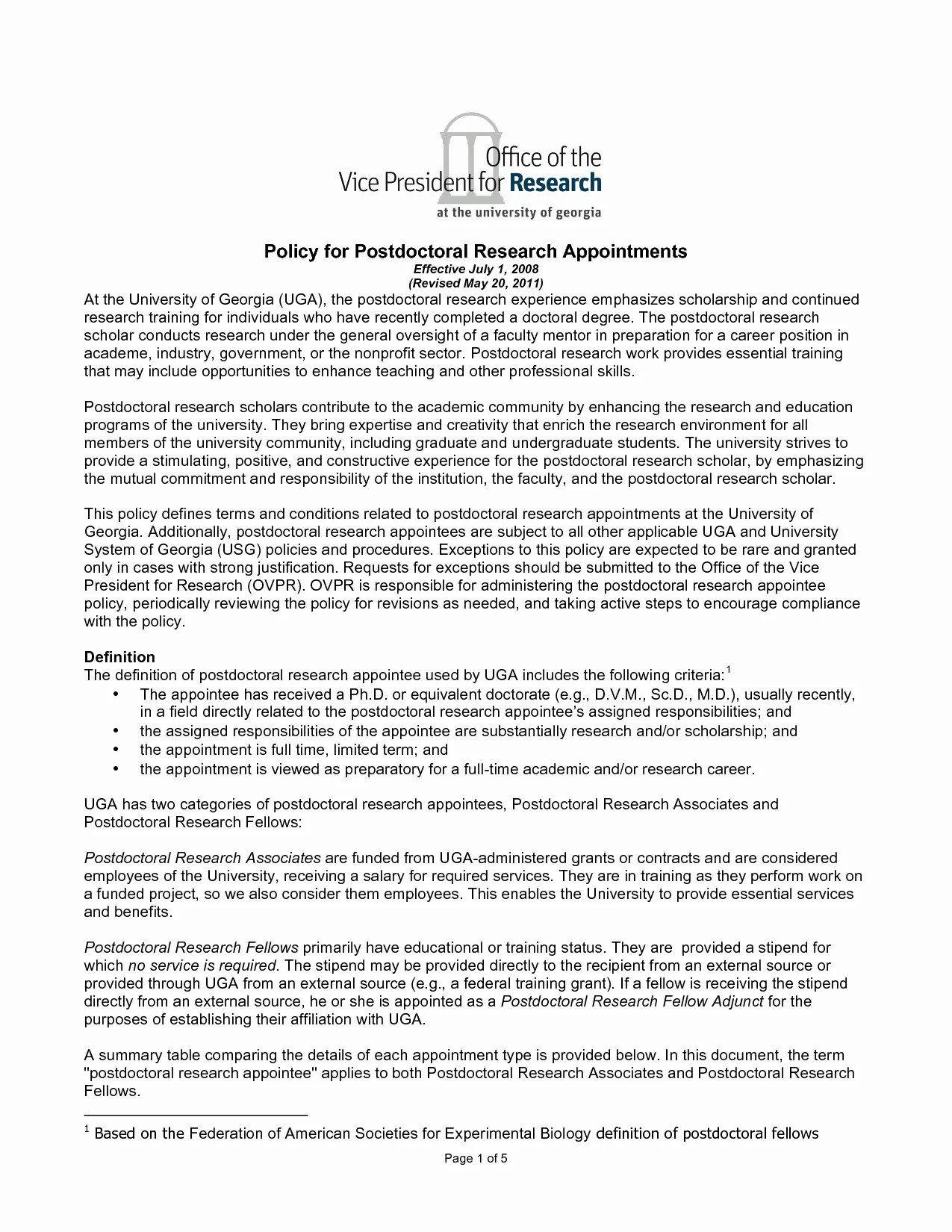
While technical skills are essential, also emphasize your soft skills, such as teamwork, communication, problem-solving, and leadership. Provide examples of how you have demonstrated these skills in your previous research or professional experiences. Highlight how your personality and work style align with the research group’s culture. If you have experience mentoring students, managing projects, or presenting at conferences, include this information to demonstrate your well-roundedness and ability to contribute beyond core research tasks.
Following Up on Your Application
After submitting your cover letter and application, follow up with the hiring supervisor or PI if you haven’t heard back within the timeframe indicated in the job posting (or a reasonable period). A brief, polite email expressing your continued interest and reiterating your qualifications can demonstrate your initiative and professionalism. However, be mindful of not being overly persistent; a single follow-up email is typically sufficient.
